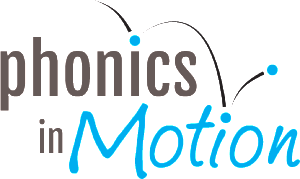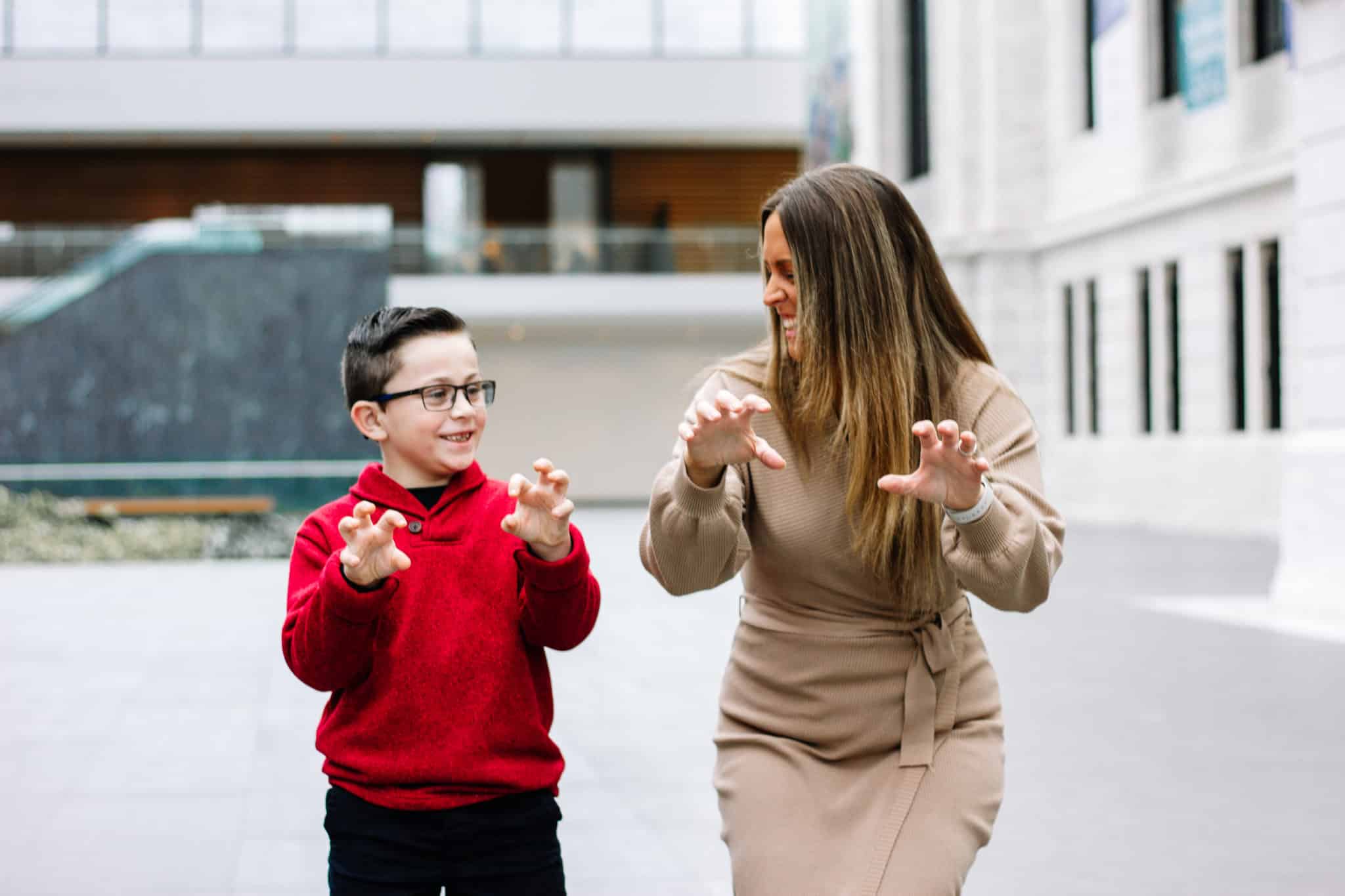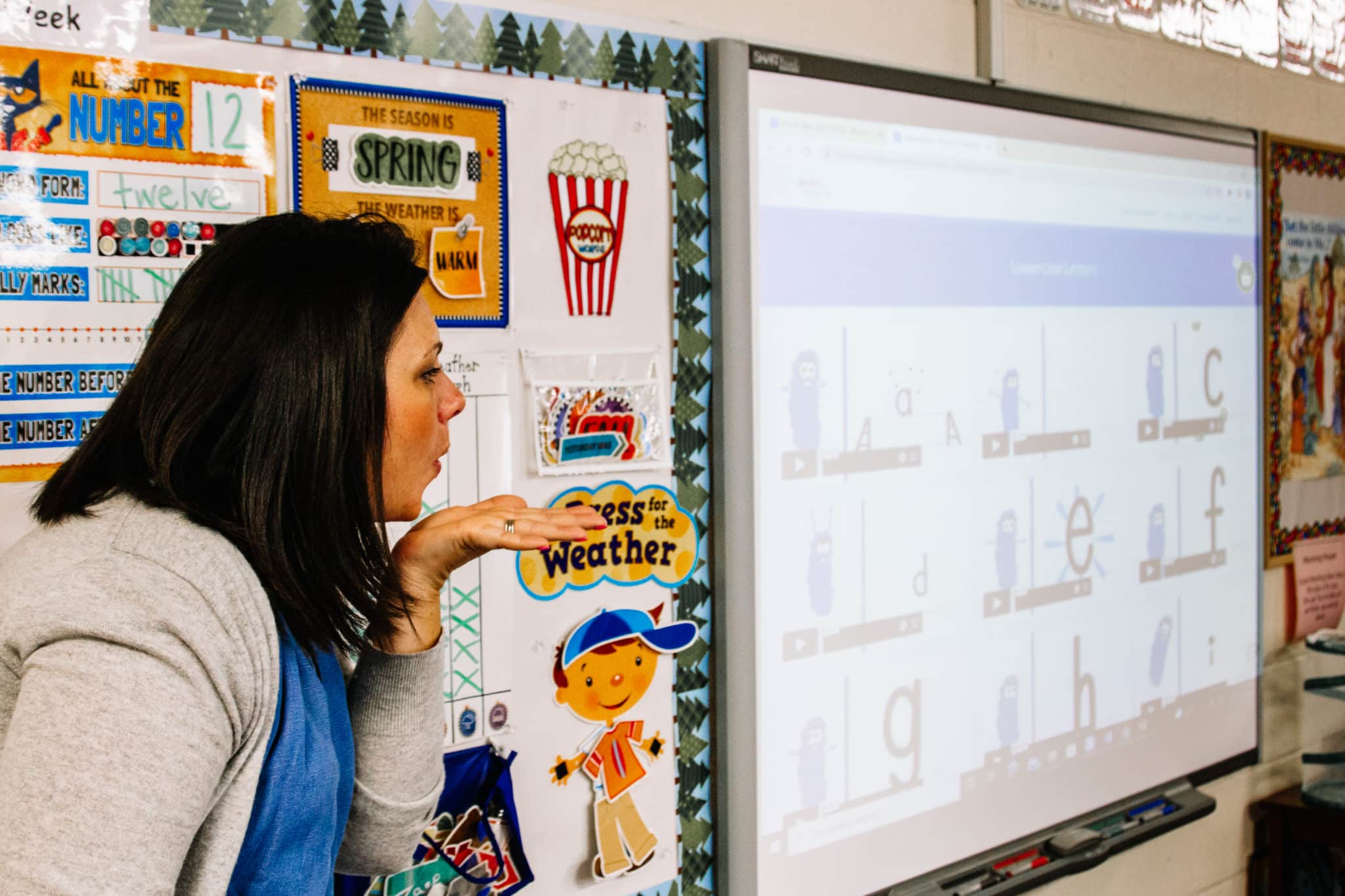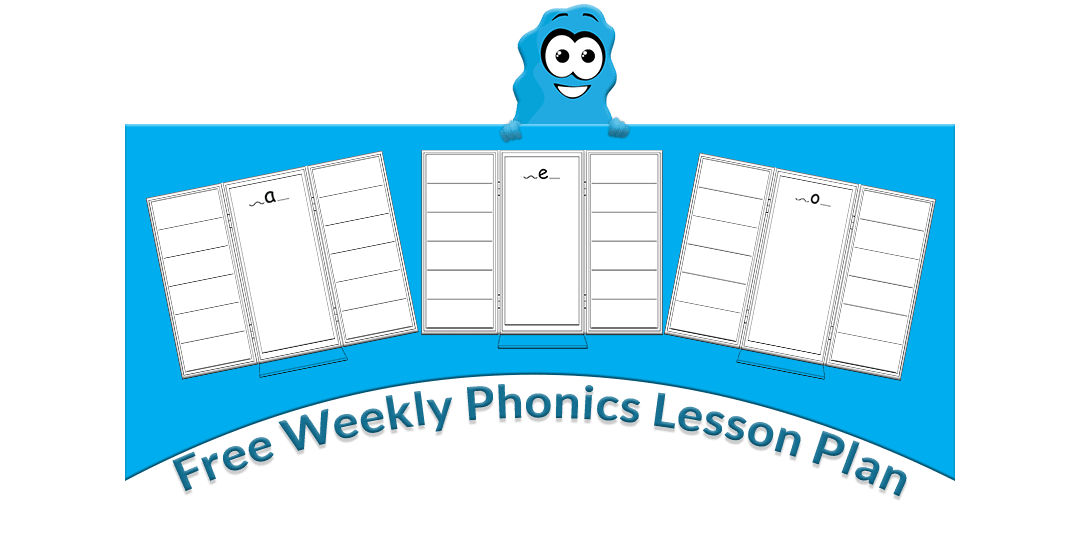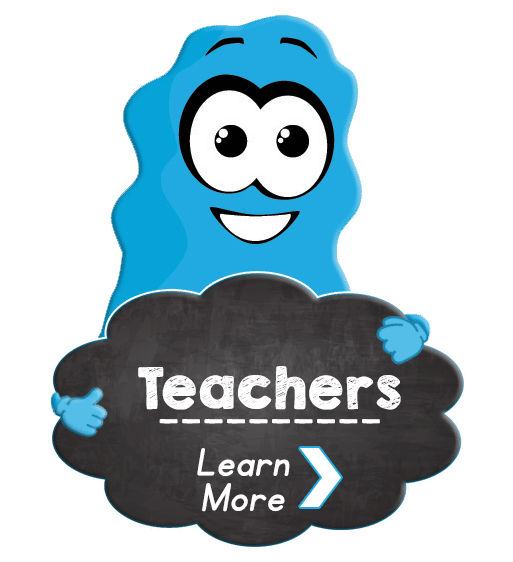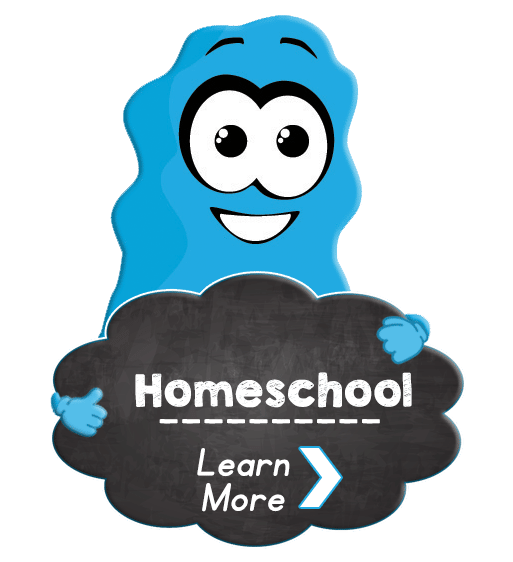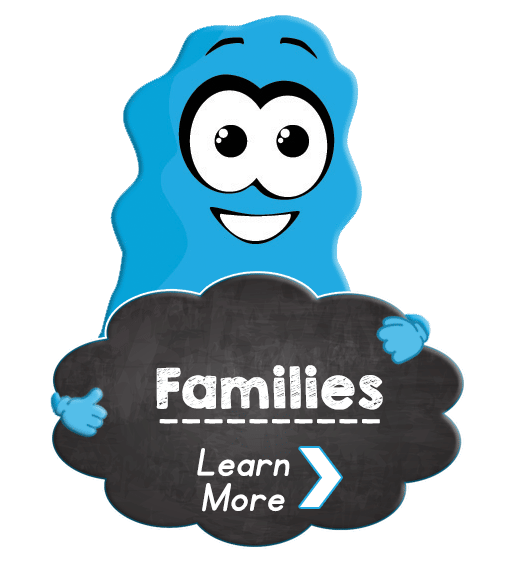Free Phonics Worksheets | Weekly Lesson Plans Pre K – 3rd Grade
Whether you’re a parent or a teacher, it’s important to ensure children have a solid understanding of phonics early on.
Phonics is essential for early childhood education. The ability to decode sounds when you are young will make it much easier to master the English language as a whole. It is important that children experience explicit phonics instruction from a young age.
Phonics worksheets are a great addition to a multisensory phonics program to provide extra practice and skill-building opportunities. We are giving you three weeks’ worth of free phonics lesson plans!
What Is Phonics?
Phonics is the study of how sounds combine to form words. Students who are learning to read need to understand how the letters they see relate to the sounds they hear in spoken words. Phonics instruction helps students gain this understanding.
Phonics is an important part of learning how to read because it helps children make connections between the sounds in the English language and the way they are represented in letters. When children can hear the difference between two similar-looking words such as sit and set or sock and rock, they can begin to build their own vocabulary.
Phonics teaches children how to pronounce each sound as they come across it in words and then how to blend those sounds together to create words. This process is called decoding. Decoding helps students learn to read by sounding out the letters in words and figuring out what words they make together.
Decoding can be taught in many ways, but the most common way is through a phonics program or curriculum. Phonics programs usually include a variety of activities that help children learn how to decode and spell words.
Why Is Learning Phonics Important?
Learning phonics also helps children understand language more easily and accurately. When they know how sounds are represented in writing, they can decode unfamiliar words more easily and recognize patterns in the spelling of other words. This gives them a better understanding of English spelling and any tricky language they may encounter.
Children who know the basics of phonics can begin to apply this knowledge when they read independently. Being able to recognize words by sight means that children can focus on what they are reading instead of sounding out each word letter-by-letter.
Why Is Teaching Phonics Challenging?
Phonics isn’t an easy subject for children and is influenced by the life experiences and connections to language made in the first few years. Phonics involves analyzing sounds and understanding how they are represented by letters. It requires some abstract thinking skills that may not come naturally to young children just learning how to read.
Phonics is also challenging because it involves a lot of memorization. The alphabet has 26 letters, and each letter has multiple sounds associated with it. So teachers and parents need to help students remember which sound goes with which letter, which can be tough for kids who are still struggling with basic concepts.
Many curriculums focus a lot of time on phonics worksheets, but don’t include the engaging activities needed for kids to truly understand the concept.
You can use the following tips to make learning phonics fun and engaging for kids:
1. Use real-world examples
When children are introduced to phonemic awareness and phonics in a way that provides context, they are much more likely to succeed in mastering these skills. By integrating phonics into everyday experiences, parents and teachers can foster learning in ways that make sense to kids.
2. Make learning fun with games and hobbies
Kids thrive when they learn complicated information (like language rules!) in a way that connects with topics they are already interested in. For example, if a child is very interested in dinosaurs, you can practice identifying and isolating the sounds in dinosaur names.
Many teachers and parents already naturally incorporate children’s interests in learning, but making a dedicated effort to include phonemic awareness can give them extra practice with reading skills.
3. Make reading enjoyable by reading aloud to children every day
Kids learn so much during read alouds. This is a great practice to understand phonics concepts such as encoding and decoding. By guiding them through the book, they quickly make connections between sounds and letters. Even after your child can read independently, there are many benefits to reading aloud, including improving reading comprehension and fluency.
4. Use lots of repetition
Repetition is key when teaching phonics to young kids. Thanks to our Reticular Activating System (RAS), our brains filter out information in our environment, only letting in what it deems most important.
For kids, if a tag on their shirt is itchy, their shoes are too tight, or there are classmates whispering on the other side of the room, this can cause a major distraction. That means they didn’t absorb the information when you taught them the first time.
Repetition combats this by providing various opportunities for focus and skill improvement.
The Benefit of Phonics Worksheets
But wait, Phonics in Motion is all about movement and fun — why are you suggesting phonics worksheets?
While we take a multisensory approach to teaching phonics at Phonics in Motion, we understand that sometimes it is appropriate to introduce phonics worksheets.
When used alongside meaningful, authentic language interactions, phonics worksheets can be a helpful way for teachers and parents to teach children the basics of phonics. By using these worksheets, you can help your child learn how to read by recognizing letters, sounds, and syllables.
Free Phonics Worksheets
We’re actually giving away free Monday-Friday lesson plans as a sample of Phonics in Motion’s comprehensive, multisensory literacy program. Working through the Vowel House activities, children learn how to see, hear and feel vowel sounds, giving them a multisensory experience. Then, they apply these skills to the Vowel House worksheets. This download includes three weeks’ worth of phonics worksheet activities, including our signature KMPs (kinesthetic motion for the phoneme) and a song to help bring phonics to life for children.
